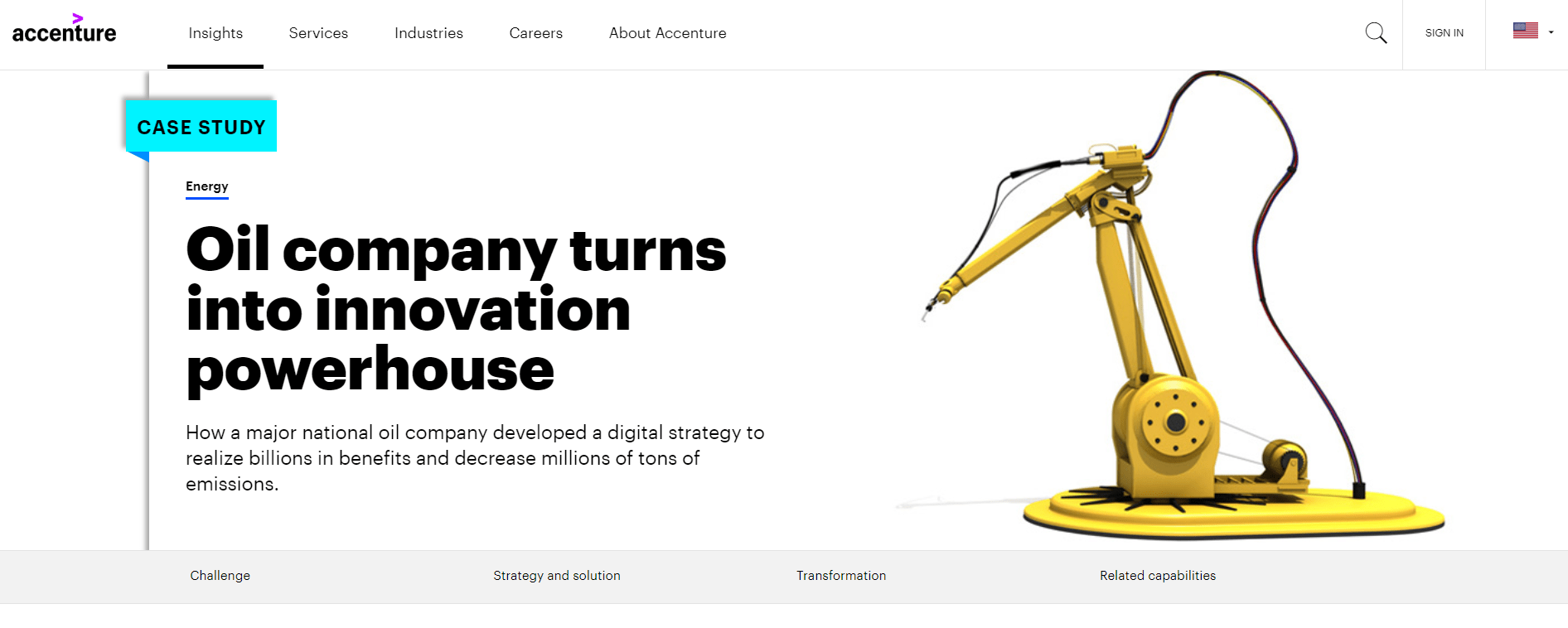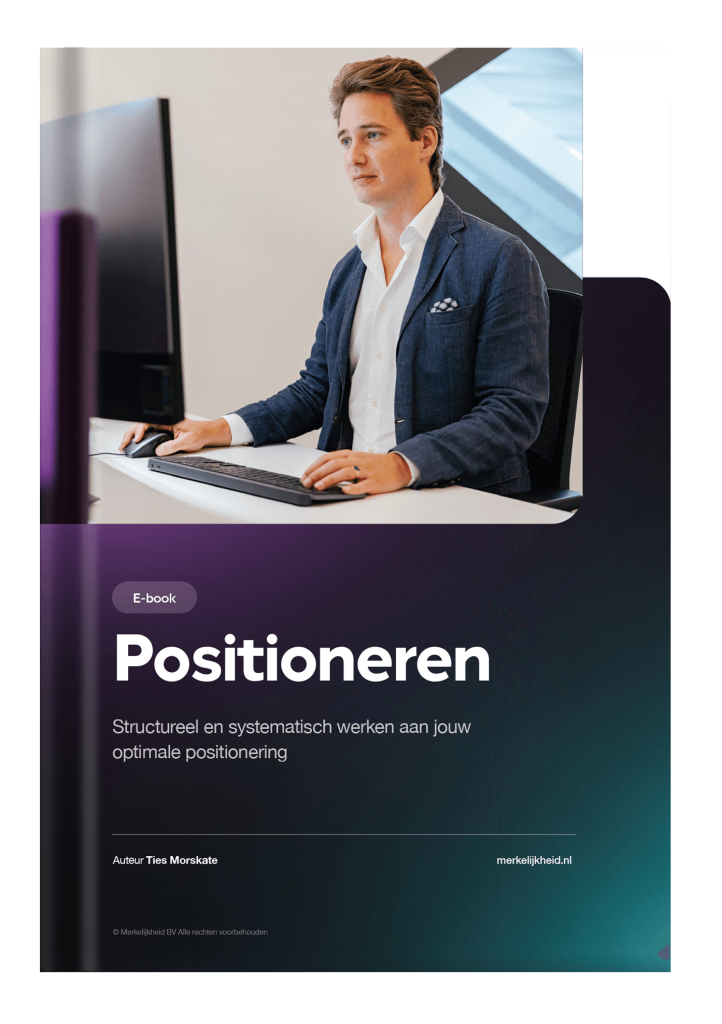Brand archetype hero: improve the world and prove yourself
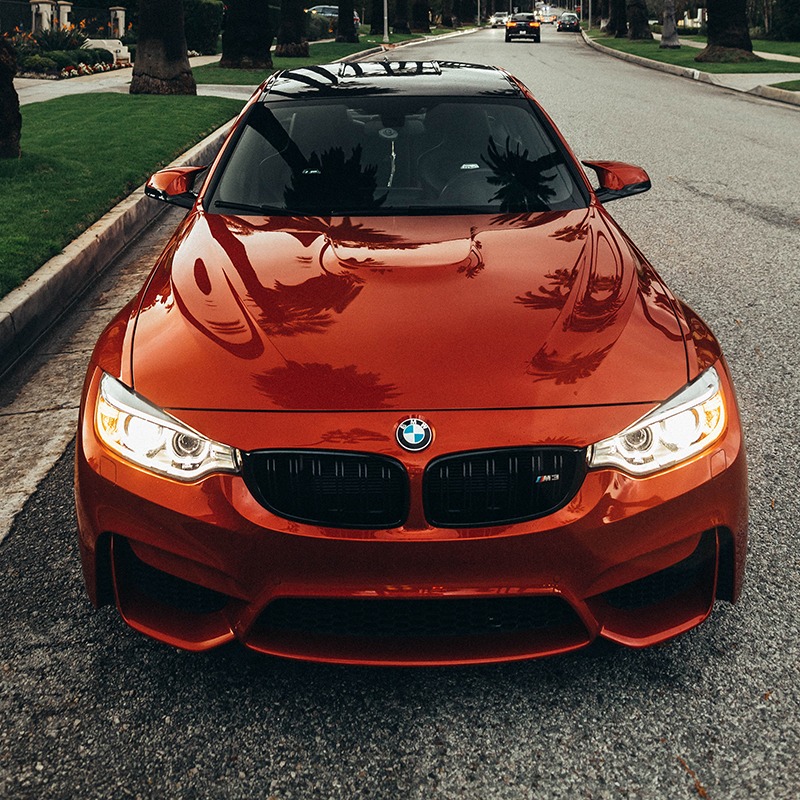
Where there’s a will, there’s a way.

Do you dream of being a hero?
The Hero Brand Archetype has been around for centuries and is well-known. In recent years, we think of comic book heroes like Superman and Batman, but James Bond, John Wayne, and Hercules are also typical heroes.
Heroes have all achieved mastery, an innate or learned strength, which they use to bravely fight the good fight. They fight against injustice, villains, or simply in competition. A hero uses their mastery to win a worthy battle and prove themselves.
What is the Brand Archetype Hero?
The Brand Archetype Hero responds to a challenge; for example, an unrealized ideal, a weaker person to defend, an opponent who challenges you, or a great injustice. The hero takes action because she knows that her mastery can make a difference. The goal of the Hero is to improve the world itself.

Not a sword but a car makes a contemporary hero
An important element in the hero’s story is often the means or way in which she achieves mastery. In many myths, it is a sword, but how many movies do you know in which the young hero is trained by the old master to defeat the opponent? Contemporary brands are often not the hero themselves; they help their customers achieve mastery.
Not every Hero likes to boast. Often, a Hero just does what needs to be done and doesn’t need to publicly take credit. However, there is a great need for proof in the brand archetype, even if it is only for oneself. A Hero cannot stand it if someone else (brand) has more power. Out of jealousy, a hero can quickly become a villain.
3 levels of the brand archetype hero
The most commonly used example for the brand archetype Hero is undoubtedly Nike. Named after the Greek goddess of victory, Nike has been associated with the hero from the very beginning. These can be famous athletes, but increasingly, the ‘ordinary’ person is the focus. Just do it is the slogan that is meant to inspire everyone to become a hero.
Nike refers to the most common level of the hero archetype, the (internal) urge to prove strength. The three levels of the Brand Archetype Hero are:
- Pushing boundaries, growing in competence, achieving mastery, and expressing that through achievements, motivated by or measured in competition.
- Doing your duty (think of a soldier) for your country, company, community, or family.
- Using your strength, competence, and courage to make a difference, improve the world.

Appealing to a sense of duty
There are few brands that can appeal to our sense of duty. The army, for example, is a large “brand” that claims this, but even they are more likely to operate on the first or third level. In outspokenly patriotic countries like the United States, brands are more successful in communicating at this level.
At the third level, one might immediately think of charities such as Doctors Without Borders, UNICEF, or the Red Cross, but there are also commercial companies that contribute to a better world on a smaller scale. By actually rising above self-interest, they know how to attract many people, and why wouldn’t those people then choose that sympathetic brand?
Example of the Brand Archetype Hero: BMW
German car brand BMW has embraced the Brand Archetype Hero for a long time. The driver and thus the driving experience has always been central to BMW’s communications, in contrast to the quality or technological sophistication with which competitors Mercedes-Benz and Audi profile themselves.
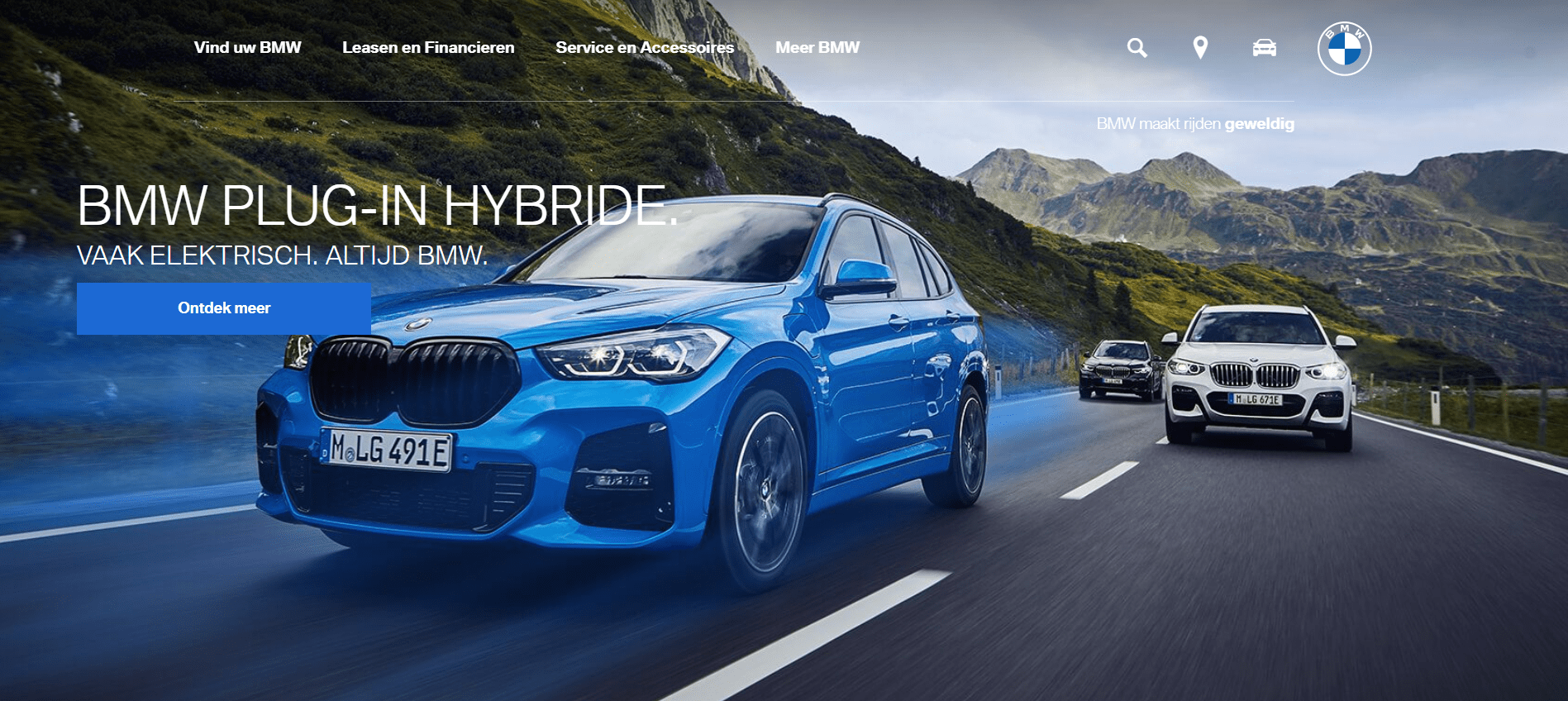
The Dutch homepage of BMW
Slogan BMW
As early as 1929, BMW referred to its driving experience as Ein wundervolles Erlebnis, and in 1960 the well-known slogan Freude am Fahren appeared. This can be translated well as, for example, ‘Real Driving Pleasure’ or ‘Sheer Driving Pleasure,’ and was wonderfully translated for the American market as ‘The Ultimate Driving Machine’.
BMW is aware of its role as a Hero and how its customers like to see themselves, as evidenced by the film they had director Guy Ritchie make with Clive Owen as ‘the driver’ of Madonna in an iconic M3:
The most well-known BMW commercials show the car driving fast on the road. The most important aspects for BMW are speed, handling, and control because this determines the driving experience, and the brand is not afraid to invoke this with rougher statements. What about, for example, ‘Lose your innocence in 3.9 seconds’, ‘Faster than imagination’ or ‘Luxury has just lost its manners’?
Performance is central in the presentation of this Hero.
Example of Merk Archetype Hero in business services: Accenture
An example of the Merk Archetype Hero in business services is consulting organization Accenture. With ‘High performance, delivered,’ Accenture puts performance at the center of its marketing pitch as a typical Hero.
It becomes more interesting when we look at the rest of Accenture’s expressions. Although the company talks about solving its clients’ problems, the way it does it gives an interesting insight into the successful Hero brand’s workings. Accenture cleverly strikes a balance between being the hero itself and making the customer a hero.
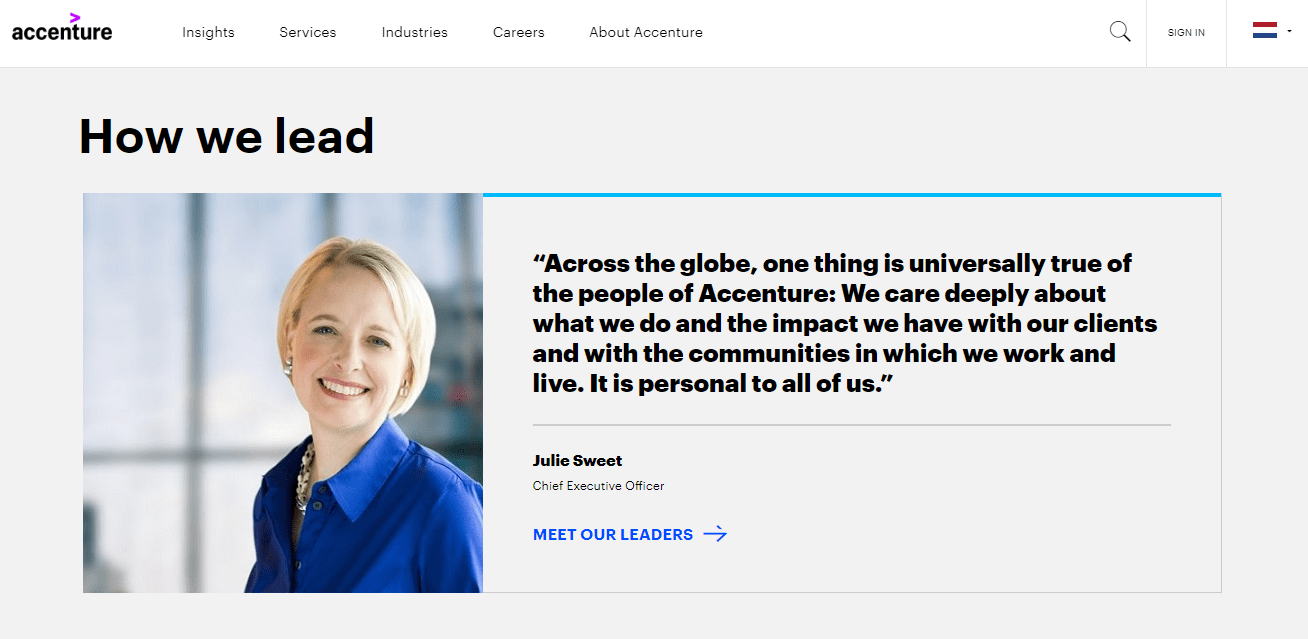
Improving the world, helping customers, and proving yourself at the same time. (source)
By putting people at the center of the partnership that Accenture enters into with its clients, it intertwines its pursuit of a better world with high performance. Accenture states that through its good corporate citizenship and culture of equality, it is better able to attract the right talent. And of course, that talent is crucial in finding the right solutions for its clients. We are not surprised that in an increasingly globalizing world, a company with high diversity is capable of coming up with the greatest variety of solutions.
Unlike Pepsi, which will be discussed later, Accenture can say with some authenticity that it stands behind the Black Lives Matter movement. The company has been explicit about its commitment to inclusivity and diversity in its annual reports over the past five years and is leading in this area according to various benchmarks.
The result is a company that is known in the market as both a good employer and an innovative partner. Case studies that celebrate the performance of its customers (and itself) provide solid proof of the company’s achievements. Accenture seems to strike the right balance between its own ego, the impact it has on the world, and the performance of its customers, making it a great example of the use of the Hero brand archetype in business services.
Example Brand Archetype Hero in Industry: Honeywell
In contrast to Accenture, industrial conglomerate Honeywell does not see itself, but the customer as the hero. Honeywell’s products help its customers to conquer their “toughest” challenges in a wide variety of markets. Its homepage features ‘The future is what we make it.’ above a rising sun from space, the most dramatic stage possible. Honeywell thus provides its customers with the tools to fight the battle on their own.
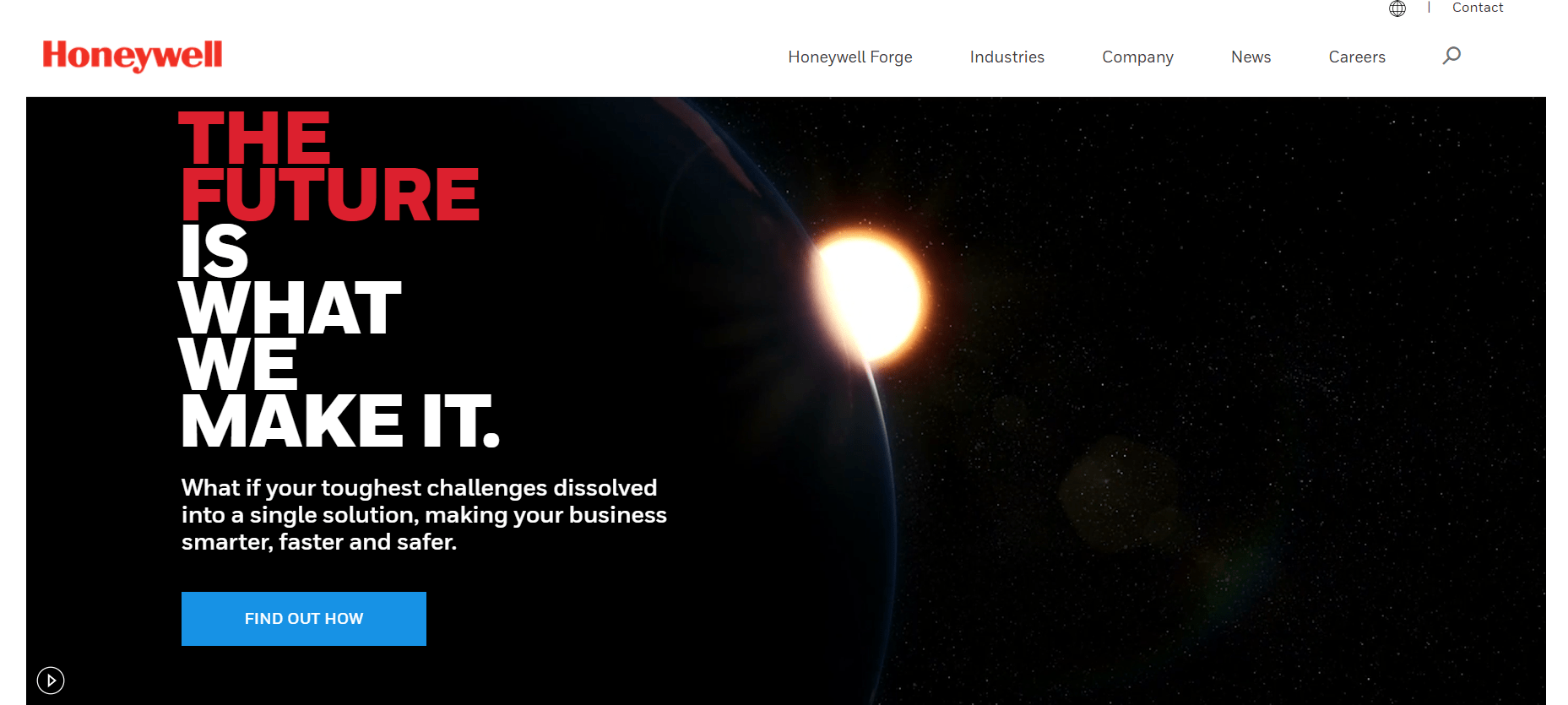
It could be a still image from the hero movie Armageddon (starring Bruce Willis).
A clear tool that fits well with the Brand Archetype Hero is Honeywell’s Forge: a digital forge in which the company forges proverbial swords for its customers to defeat dragons. Honeywell brings together all available data from its customers in Forge and ensures that this leads to insights that enable customers to make the right decisions.
The fact that the customer is central is also evident from the fact that Honeywell focuses on customer stories in its communication about Forge. With practical stories about processes, people, production resources, and the customer experience supported by beautiful, modern images, the company effectively communicates the possibilities it offers. The customer can form a clear picture of how they can become the hero themselves.
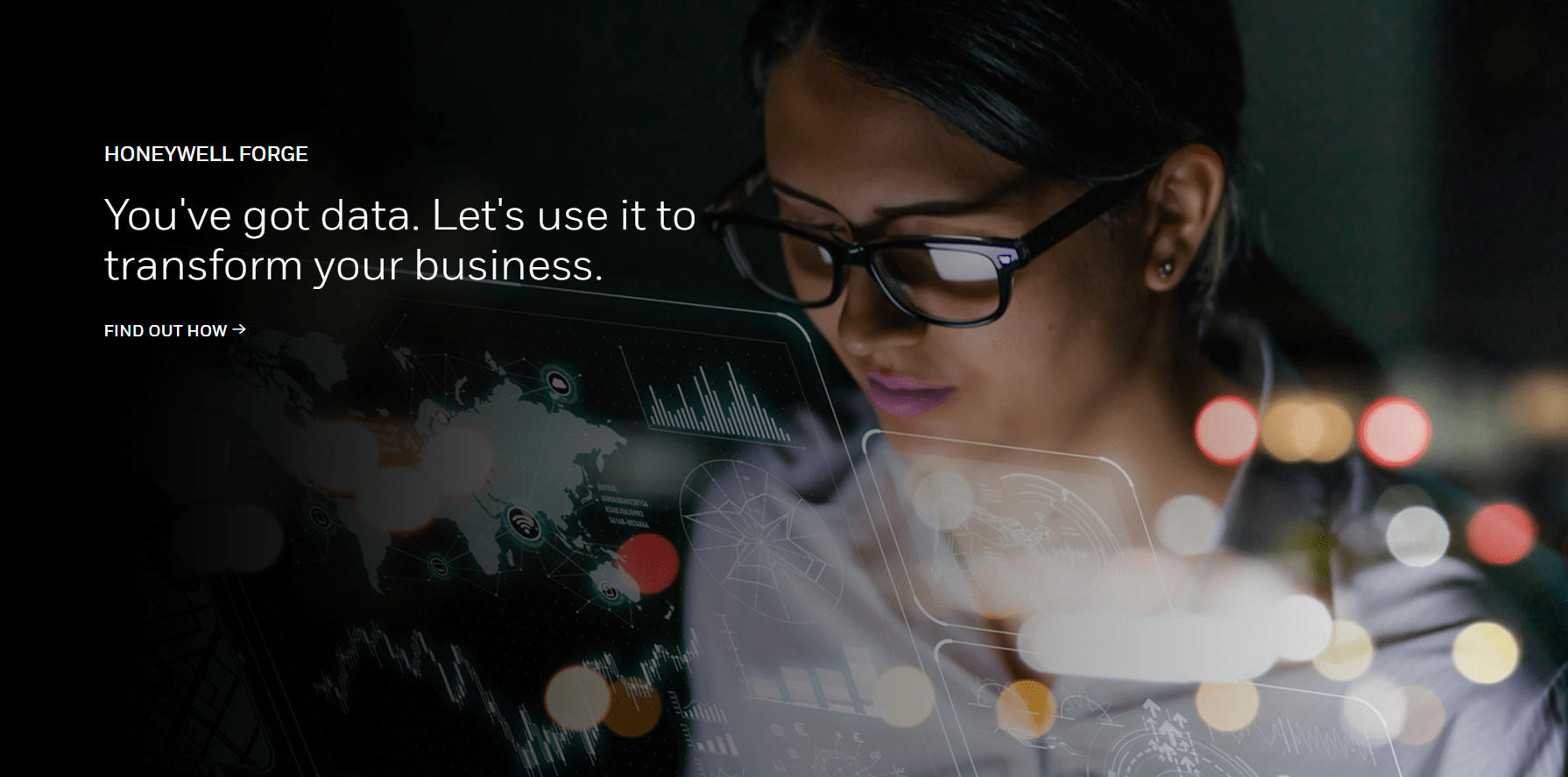
Honeywell forges the sword of the real hero in its Forge: the customer.
Honeywell is also a good example of a company that tries to go beyond its own honor and glory, but only succeeds to a limited extent. In various indices, the company ranks high in areas such as pollution and environmental damage, and its ‘commitment’ to sustainability and the health of the broader world is subject to legal norms and is hidden under ‘we address this impact with our customers’.
At the same time, Honeywell is clear about what they offer – technology and solutions that enable change and transformation, allowing the customer to make a difference. The company uses powerful language and fast, technological images that fit the Hero brand archetype. For their customers in the industry, it will be crystal clear what Honeywell is the go-to for.
Benefits of Brand Archetype Hero
A brand that embraces the Hero archetype is never short on motivation. Such a brand does everything to win because they believe in what they pursue as an organization and as a team. People hold themselves and each other to a high standard but are also appreciated and rewarded for it. Teams understand that they must take care of each other and can share in their pride. This creates a challenging work environment where people are eager to be a part of.
The positive energy and drive of the brand are also infectious for customers. They see the winning mentality reflected in the quality of products or services, and it fits with their own self-image. The customers of a Hero brand also have a need to prove themselves, and this brand fits well with that.
Finally, the Brand Archetype Hero aligns perfectly with the zeitgeist. Brands that stand up for sustainability, “green” initiatives, diversity, or even take up arms to fight against injustice can quickly connect with a loyal, dedicated following.
Pitfalls of Brand Archetype Hero
Precisely because the Hero is so current, there are also enough failures, committed by brands that blew their own trumpet out of vanity or arrogance. In 2017, Pepsi launched an ad featuring Kendall Jenner that hooked onto the new Black Lives Matter movement. There was a huge backlash because the brand was seen as opportunists who would trivialize the huge problem of inequality. In the commercial, Jenner turns the tide by offering a can of Pepsi to a police officer.
At the time of writing, the Pepsi commercial is even more poignant than before and is a prime example of the main pitfall for the Hero archetype: hubris and/or arrogance.
A second pitfall is the constant search for an enemy, even when there isn’t one. This creates alienation from the target audience and the world, and makes people avoid the brand. The unrestrained need for proof can also cause problems internally. If a brand continues to push its people towards a higher goal, there is an increasing risk of burnout. Many classic Hero brands, for example, had an up-or-out culture in which only the best performers were promoted and the less ambitious left. This can lead to a culture where short-term success comes at any cost.
Marketing of Brand Archetype Hero
In the marketing of the Brand Archetype Hero, a number of stories can be central:
- The brand provides the heroism that you lack, ‘we protect you’
- With us, you will become a hero
The first story is less relevant in today’s time unless it involves selling, for example, security products or services. This can be physical security, but digital security software also often plays on fear.
The customer as a hero is a commonly used story. With Nike or BMW, you have the tools to be a hero, but join the Dutch army and you challenge yourself to stand up for others. This is also a commonly used way to recruit people for commercial companies, together you tackle the problem. This story plays on the audience’s need for proof.

A heroic goal for Nike’s customers: the real heroes
Because the hero archetype requires proving oneself, and that doesn’t happen overnight, it also determines how you talk about your product or service. High quality and sustainability, in the broadest sense of these terms, fit with the marketing of the hero. The customer can be sure that it won’t be your product or service that lets them down.
Related brand archetype
Do you only partially recognize your brand in the Hero brand archetype? The following two brand archetypes are closely related to the Hero:
The Magician brand archetype is closely related to the Hero. In the King Arthur myth, for example, it is Merlin who enables people to transform. While mastery is central to a hero, the magician revolves around transformation and creating a magical moment.
The Creator brand archetype is all about creativity and solving big problems on your own. Instead of proving oneself, the Creator has their own vision that they want to shape. This fits well, for example, with highly innovative companies with a clear (end) product.
Want to learn more about brand archetypes or positioning? Read on our brand archetype page, where you can learn everything about the various brand archetypes.
